Exclusive | Christopher Street Tours’ Guide on the importance of the Stonewall Riots and LGBTQ education
Christopher Street Tours founder, Michael Venturiello, talks to Attitude's Travel Editor ahead of the Stonewall anniversary
By Steve Brown
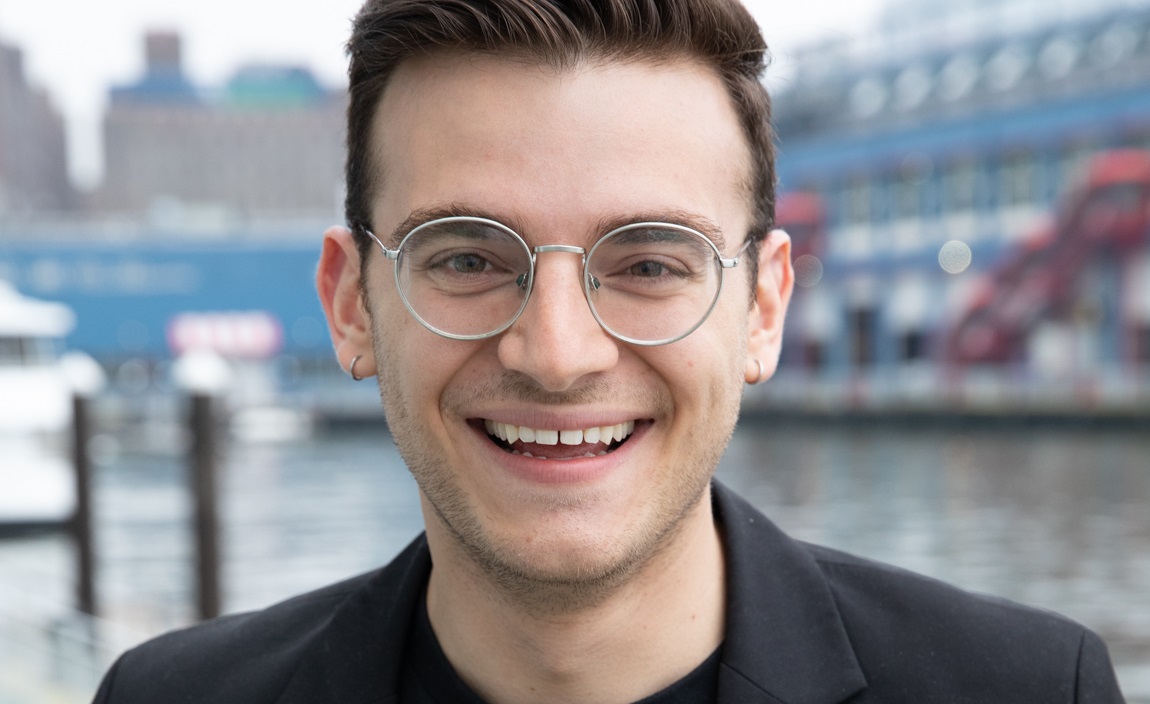
Words: Markus Bidaux
During the International Gay & Lesbian Travel Associations Conference (IGLTA) in New York City, Attitude’s Travel Editor met with the recipient of the IGLTA Foundation’s small business scholarship, Michael Venturiello to discuss his tour company and the legacy of the Stonewall Riots.
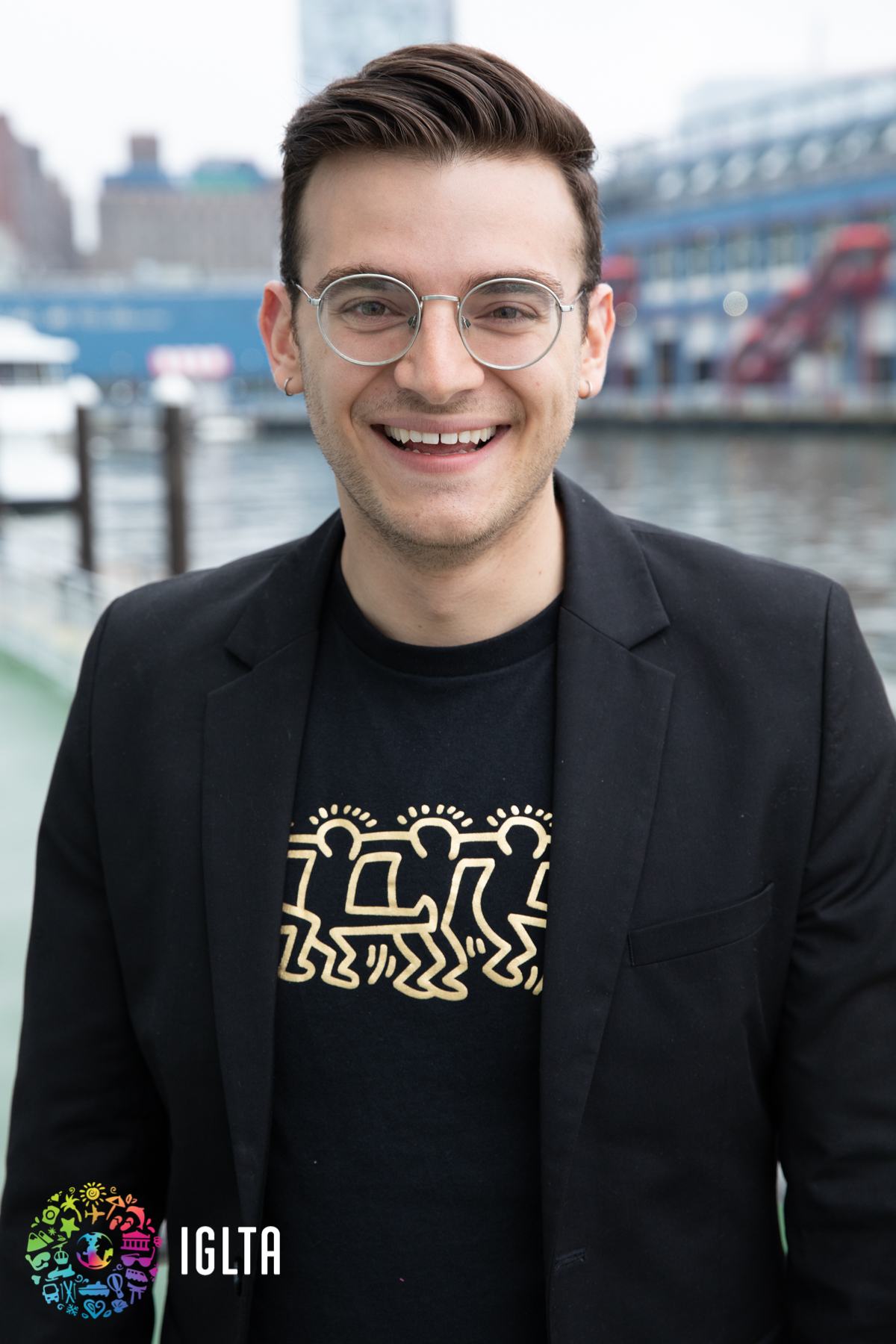
What inspired you to start Christopher Street Tours?
About five years ago, I had the idea to write a book about the Stonewall Uprising. So, I started doing all this research around Stonewall, New York City, and the Greenwich Village in the 60s and 70s in particular.
When I moved to New York City in 2016, I got involved with ACT UP (Aids Coalition to Unleash Power), an HIV/AIDS advocacy group that started in 1987. And that sparked an interest in learning more about the AIDS epidemic in the 80s and 90s.
I realised that between these two experiences, I was essentially researching the timeline of LGBTQ history in NYC and across the world.
As I was doing my research, I wanted to go on an LGBTQ walking tour in Greenwich Village, and I was surprised to find that they didn’t really exist.
Those that did were part of a much larger tour company with dozens of other non-LGBTQ tours, or tours that only existed during Pride. I saw a need for a tour company that exclusively focused on LGBTQ history, all throughout the calendar year.
I decided to put all of my research into a tour route in May of 2018, and started Christopher Street Tours.
What was the impact of the Stonewall Riots on NYC?
New York City, especially, had always been a place for LGBTQ folks to feel safer and more comfortable than other parts of the country.
It welcomed LGBTQ folks in ways that no other city ever had. It was a place for outcasts, misfits, for people who didn’t belong.
The message left from the Stonewall Riots in 1969 was that the LGBTQ community in NYC is resilient, strong, and they weren’t going anywhere.
They were fighting for their right to space, security, and freedom. The impact for the community in NYC showed everyone else that they were just as worthy of belonging as everyone else, and that things were about to change for the LGBTQ community – in NYC and beyond.
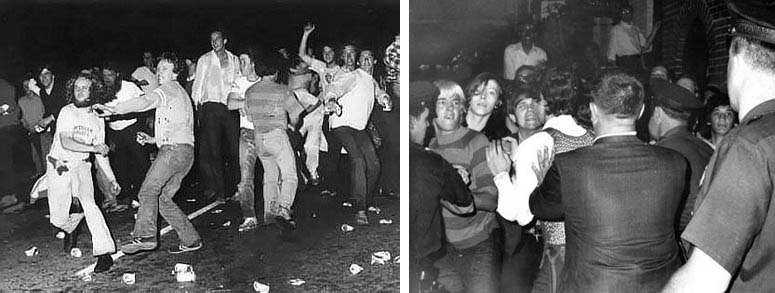
And its global impact?
The very first Pride was meant as an annual reminder of the Stonewall Riots. People say “the first Pride was a riot!” and that’s paying homage to the Stonewall Riots.
Pride was initially called Christopher Street Liberation Day, named after the street where the Stonewall Inn is located, and it took place a year after the Stonewall Riots.
About 200 people gathered in front of Stonewall and marched 51 blocks up to Central Park.
In addition to Pride, the Stonewall Riots empowered people from all across the world to say, “If the LGBTQ community in NYC can fight back, so can we.”
And what you start to see immediately after Stonewall is the number of LGBTQ organizations exponentially increase. At the time of the riots in 1969, there were about 50 gay rights organizations. But just within one year, that number had risen to 1500 gay rights organizations.
This is really where we start to see a lot of laws change around LGBTQ topics – including discrimination of LGBTQ people in bars, police entrapment, and the removal of the diagnosis of homosexuality as a mental illness.
What significance does the Stonewall Inn have today?
In June 2016, President Obama declared the land as the Stonewall National Monument, which makes it the first National Monument in the United States dedicated to an LGBT historic site.
The National Monument includes 7.7 acres of land, the Stonewall Inn, Christopher Street Park, and the blocks around Christopher Street Park.
In October 2017, a rainbow Pride flag was raised on the land, which makes it the first Pride flag officially protected by federal law. Stonewall today has become a literal and metaphorical site of hope, strength, and resilience.
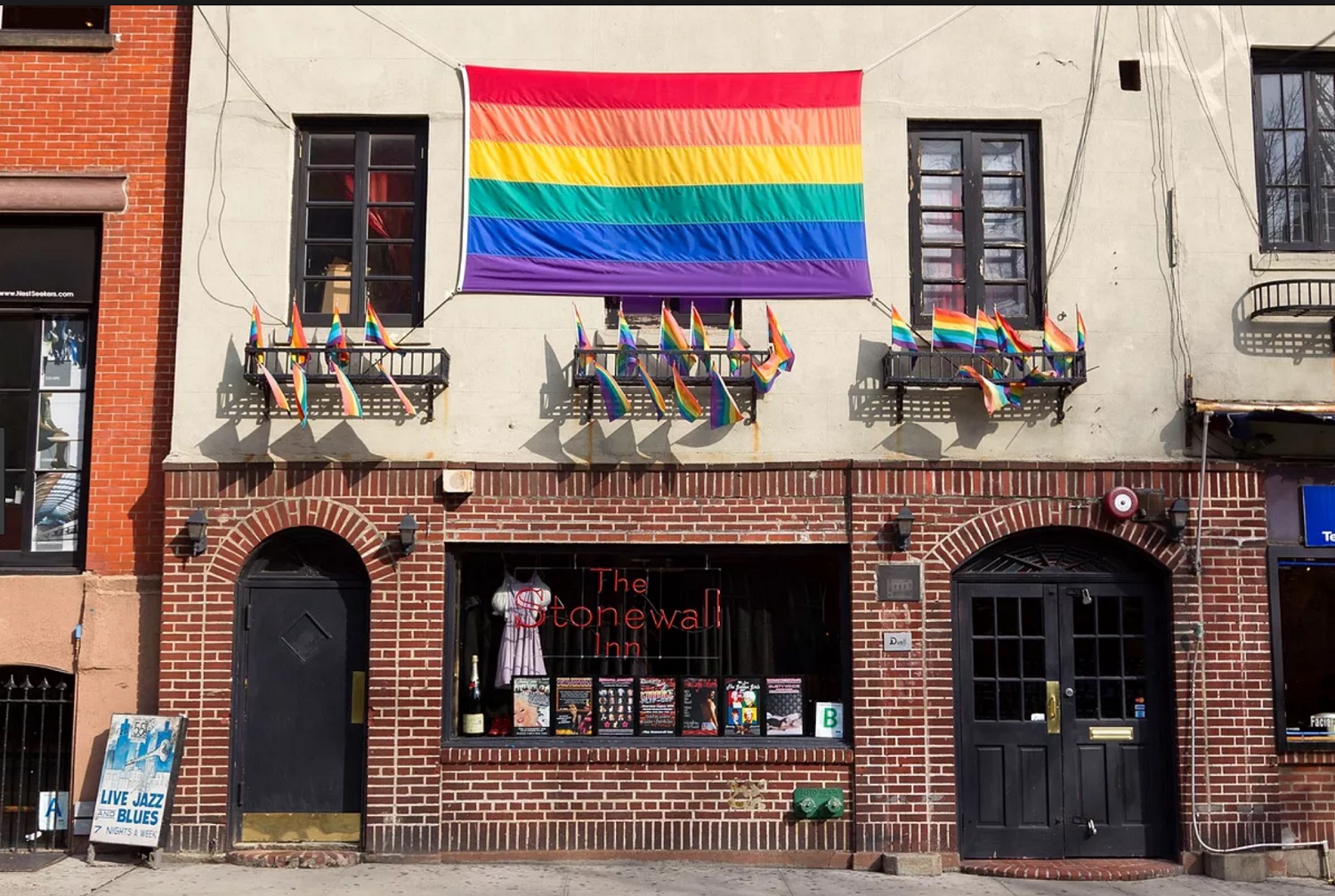
What details of the event are the most shocking to your tour groups?
First, the Riots themselves lasted for six consecutive nights, after the initial night, June 28, 1969, hundreds of people returned the following nights, which eventually turned into thousands, all protesting outside of Stonewall, chanting for Gay Power and Gay Rights.
Another big reaction I get from tour groups is when I talk about the police raid. Essentially what happened was you had four police officers raiding the Stonewall Inn that night, at a time when there were about 800 LGBTQ patrons inside the bar.
The people power from the patrons of Stonewall outweighed the police officers. The police officers went into Stonewall, kicked everyone out, and expected them to go home.
But when the police came back out of the bar, they were met by the angry patrons of Stonewall, who started throwing everything they could at the police – broken beer bottles, bricks from a nearby construction site – there are even stories of drag queens taking off their heels and hitting police officers over the head.
It got so violent, that the police had to barricade themselves back inside Stonewall for the own safety and protection, which is where they called the riot police for back up.
It’s shocking to tour groups, because most people think of this as a protest where people show up with protest signs, some chants, and then everyone goes home. But instead, it was a violent, aggressive attack on LGBTQ human rights, that lasted almost the entire week.
Have you learnt anything new about Stonewall from any of your customers?
The impact of Stonewall was felt globally, but each country experiences it differently.
For example, I had a man on a tour once from Montreal, and he told me that many cities in Canada don’t want police involvement in their parades, as a direct result of the police brutality on black and brown queer lives – which is a testament to the current political climate, but also, to the relationship between queer people and police fifty years ago at Stonewall and before.
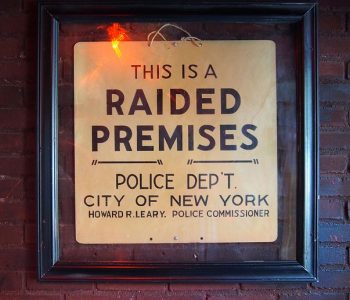
In the UK, there is a heated debate about teaching LGBTQ awareness and issues in schools. Can you tell us what the situation in the US is?
This is also an incredibly important conversation occurring in the United States. And since the 2016 presidential election, the US has become more polarized than ever before, on all topics, including teaching LGBTQ education in schools.
In 2019, New Jersey became the second state to mandate LGBTQ education in schools, following California in 2012. But as of right now, in 2019, only these two states are required to make their curriculum more inclusive to LGBTQ folks.
So often in schools, LGBTQ youth feel alone, isolated, and out-casted.
By seeing someone like them in the curriculum – characters that they can relate to, stories that they resonate with – it tells them that they are not alone, and that their experiences and feelings are valid.
Seeing yourself represented in history is affirming and empowering. And so often, LGBTQ folks don’t learn about this history until college (only via an elective course), if at all.
That’s why, at Christopher Street Tours, we offer free tours to all youth under the age of 18.
Do you have any big plans for World Pride?
To prepare for the expected four million visitors to NYC for World Pride, we are hiring a whole new team of tour guides!
We will be offering a variety of tours all throughout June at various dates and times. We’ll also be offering tours in multiple languages for the first time, including English, Spanish, French, and Russian!
We’ve also launched a “Tour & Talk” series in partnership with the Walker Hotel. This elite experience includes a two-hour LGBTQ walking tour, followed by a conversation with an influential member of the LGBTQ community.
Examples include original members of ACT UP, oral historians of queer history, film makers, and actors.
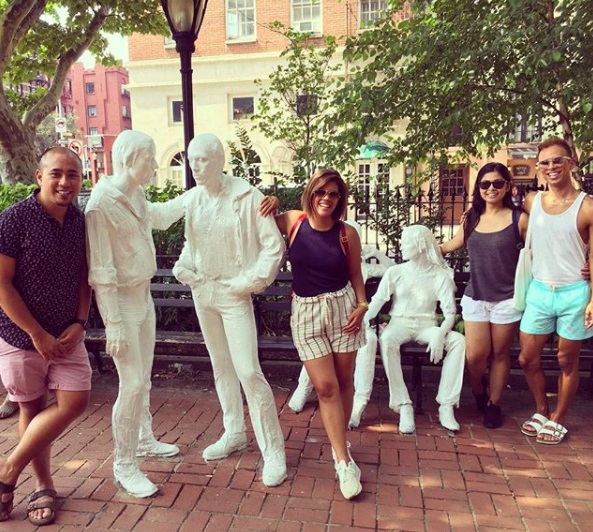
What advice do you have for any visitors to NYC? What hidden gems can you share as local?
If we’re thinking of LGBTQ experiences, a hidden gem that I really love is the Leslie-Lohman museum of Gay & Lesbian Art. I also always like to share with tour visitors Bluestockings Bookstore.
It’s this really cool bookshop with an event space and a café, with books focused on social justice and activism.
Non-LGBTQ related hidden gems and advice – dollar pizza is real in NYC, and it’s actually good!
